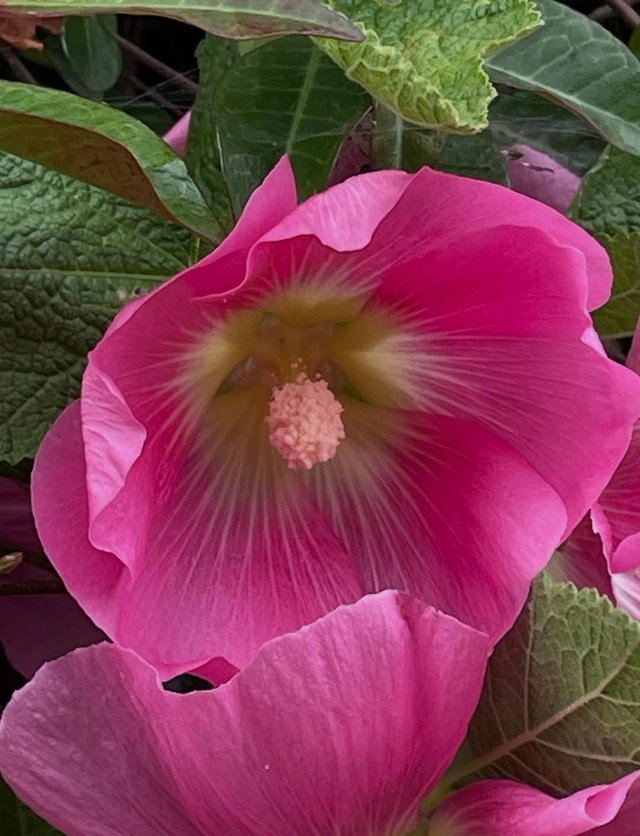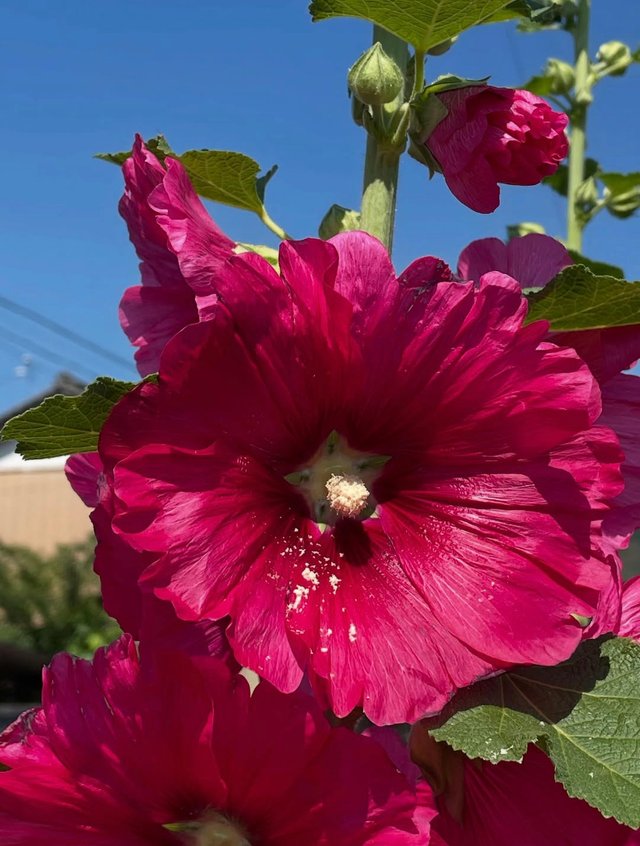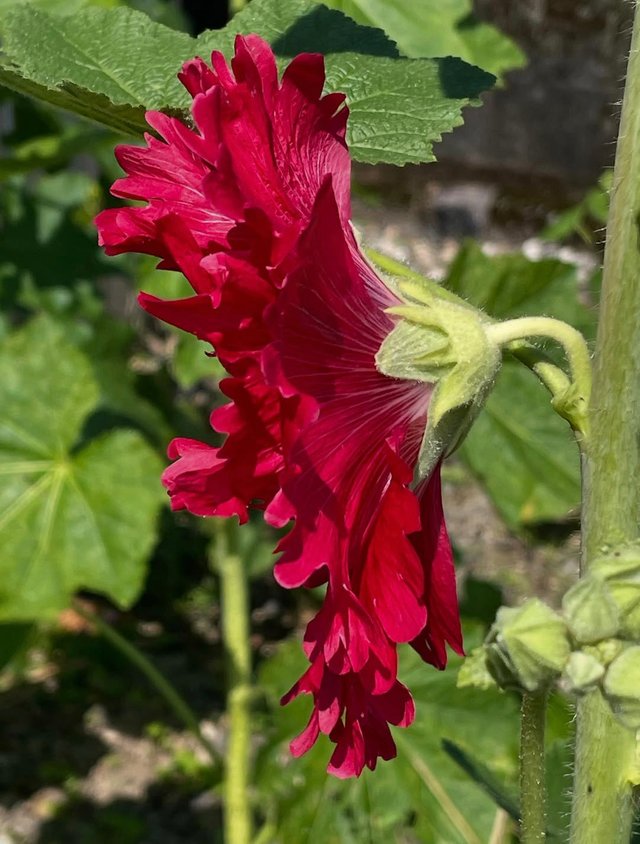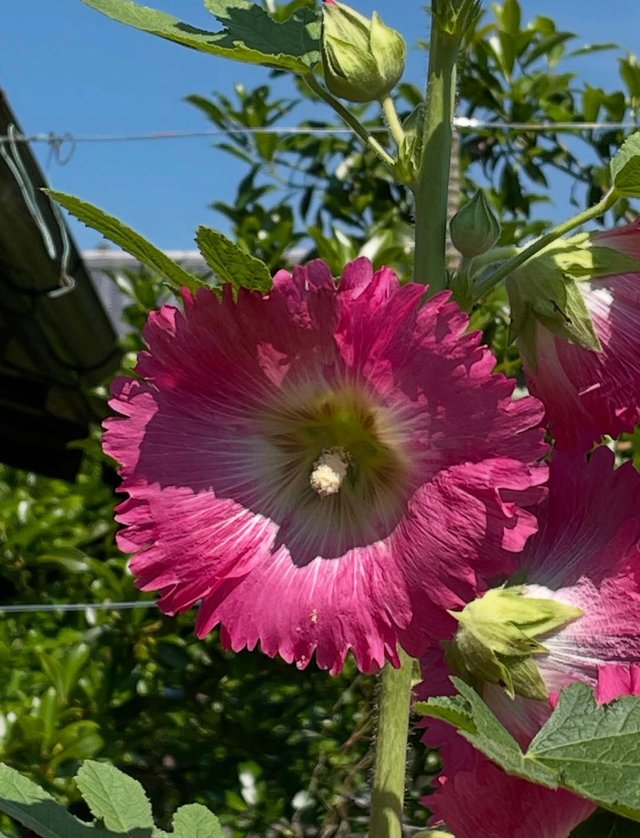Hollyhock Flower
Among the many treasures of a traditional garden, few flowers make a statement quite like the hollyhock.Towering skyward with proud, colorful blooms, hollyhocks evoke a sense of timelessness. They grace everything from medieval herb gardens to rural cottage fences, bringing old-world charm and vibrant beauty wherever they grow.Hollyhocks are believed to have originated in Asia and the Middle East, with early cultivation traced back over a thousand years. Crusaders are thought to have brought them to Europe in the 15th century. The name “hollyhock” may derive from the Old English words holy and hoc (mallow), hinting at both its spiritual significance and botanical lineage.
In the Victorian era, hollyhocks symbolized ambition and fruitfulness—appropriate for a plant that grows tall and offers so much. They became staple features in cottage gardens, often seen against walls or fences, swaying gently in the summer breeze.Hollyhock flowers are large, saucer-shaped, and range from single to fully double forms. They bloom up tall stalks in an ascending spiral, creating vertical rivers of color. You’ll find them in nearly every hue imaginable: deep burgundy, pastel pinks, cheerful yellows, pure white, and even near-black tones that look almost velvety.
Their blooms attract bees, butterflies, and hummingbirds, making them a pollinator favorite. Some varieties are especially rich in nectar, adding to their ecological value in the garden.They pair beautifully with delphiniums, foxgloves, daisies, echinacea, and lavender. Hollyhocks also add a wild, romantic flair to modern gardens, blending the past with contemporary aesthetics.Like many members of the mallow family, hollyhocks are technically edible, though not widely used in modern cuisine. In traditional herbal medicine, the leaves and flowers were used for their soothing mucilaginous properties—similar to marshmallow root (Althaea officinalis). Infusions were used for sore throats, coughs, and skin irritations.




